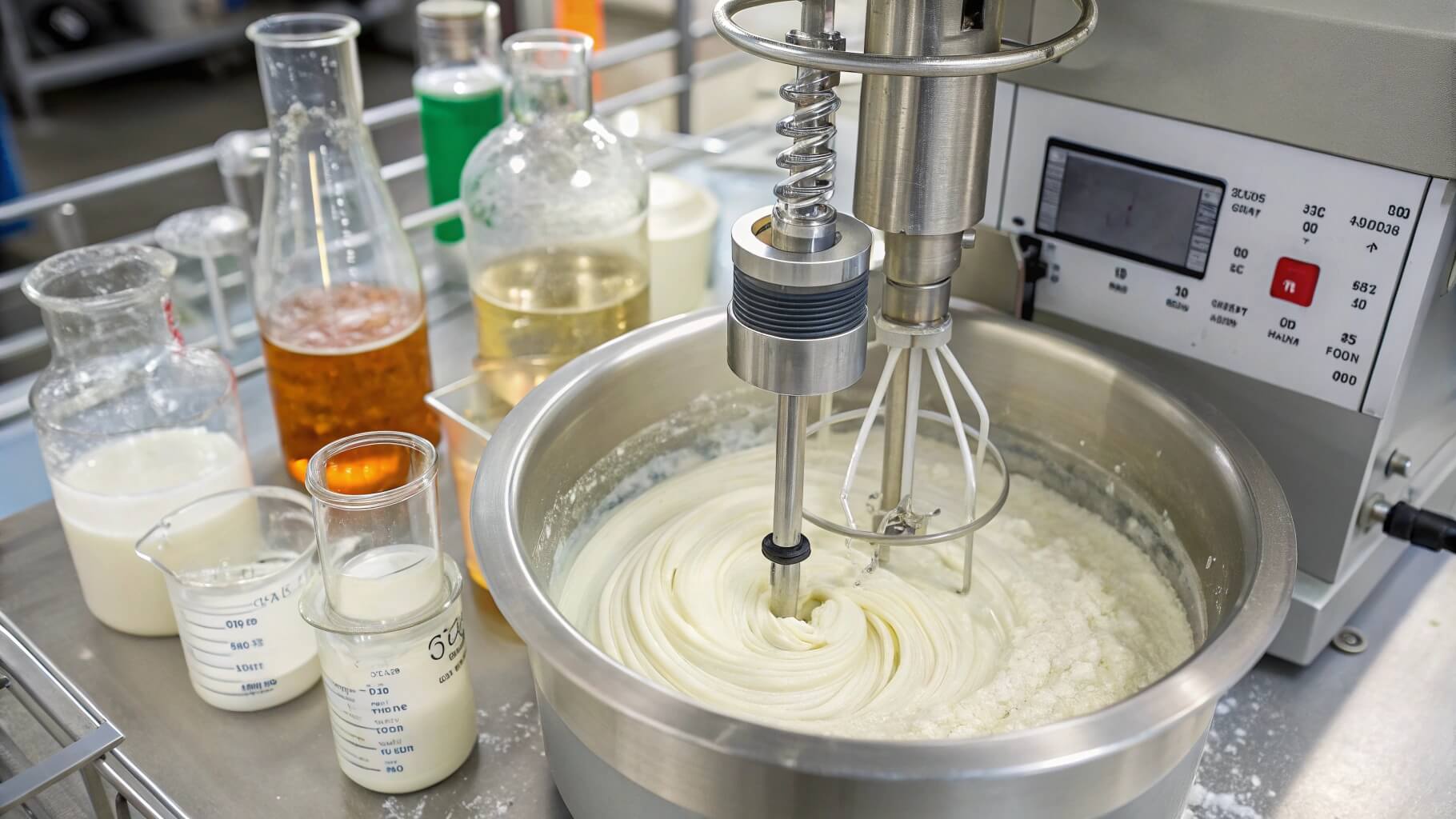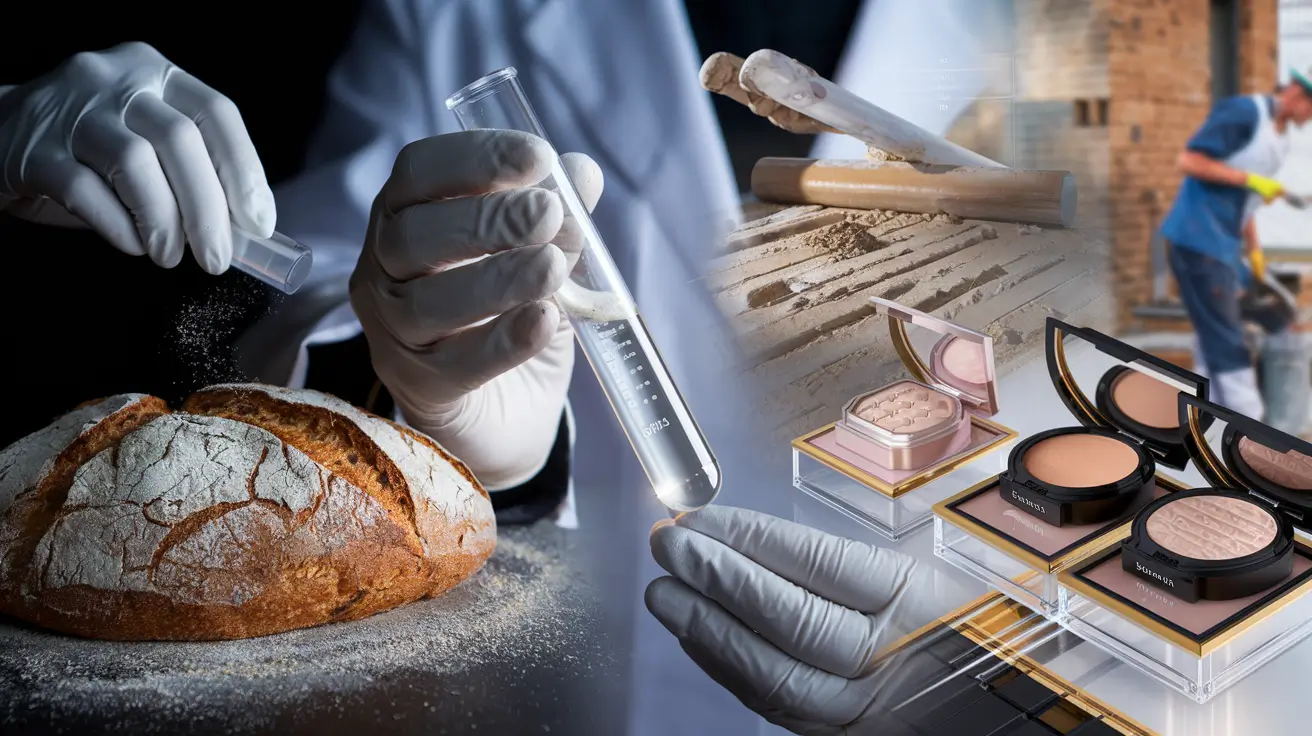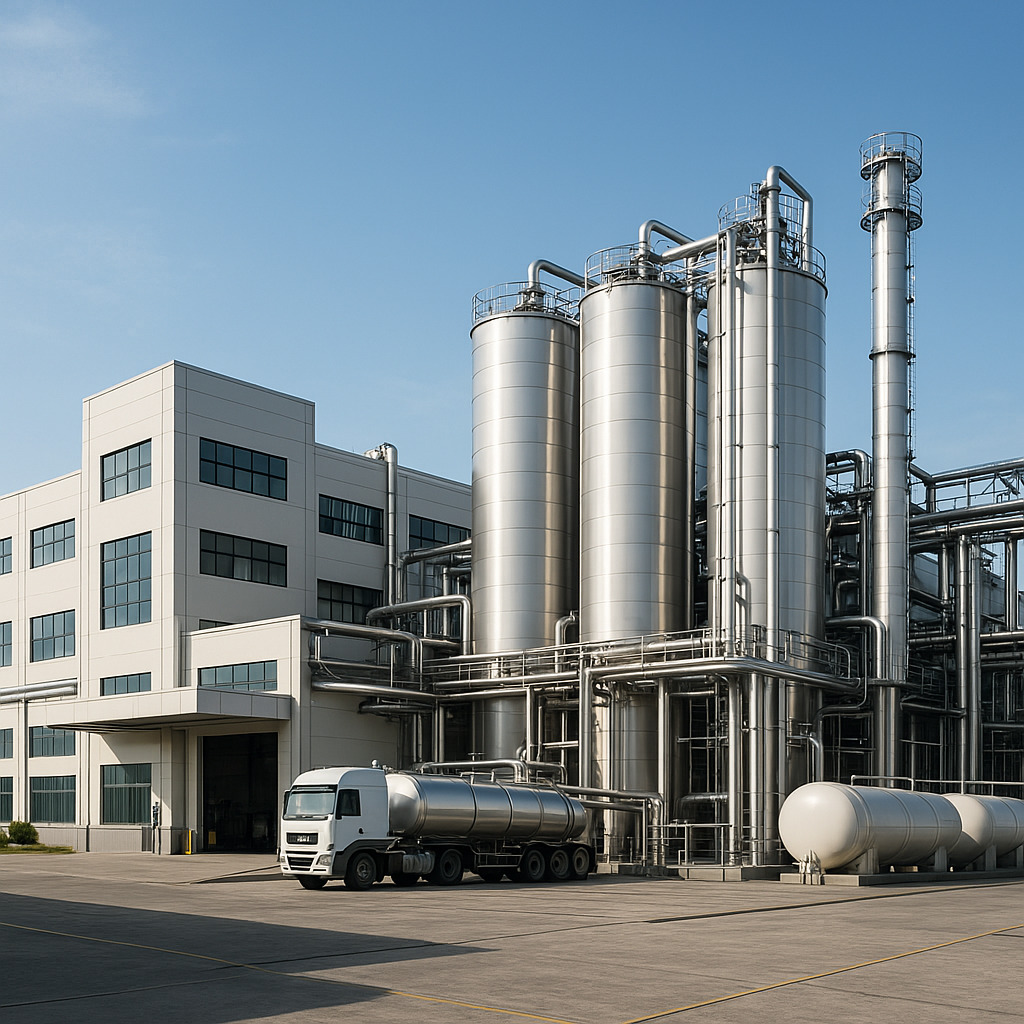Are you considering the environmental impact of your detergent ingredients? If so, you might wonder about the biodegradability of Hydroxypropyl Methylcellulose (HPMC).
HPMC is biodegradable and has minimal environmental impact, making it a great choice for environmentally-conscious detergent formulations.

This image highlights the eco-friendly nature of HPMC, showing its biodegradable properties in detergent formulations.
Let’s dive into why HPMC is used in detergents, how it affects performance, and why it’s a sustainable option for your products.
What is HPMC and Why is it Used in Detergents?
Have you ever wondered how detergents maintain the right texture and performance over time? HPMC plays a key role in that.
HPMC is a cellulose-based polymer used in detergents to thicken, stabilize, and emulsify, ensuring optimal performance.
Hydroxypropyl Methylcellulose (HPMC) is derived from cellulose, a naturally occurring substance. It is modified to make it water-soluble and is used extensively in detergents for its ability to improve viscosity and texture. HPMC also helps stabilize detergent formulations, ensuring the ingredients remain evenly mixed.
Why HPMC Is Essential in Detergents
- Thickening: HPMC gives liquid detergents the right viscosity, making them easier to apply and more effective.
- Stabilizing: It keeps all ingredients well-mixed, preventing separation or degradation over time.
- Emulsification: HPMC helps blend oil-based and water-based ingredients, improving detergent consistency.
| Role | Effect on Detergent |
|---|---|
| Thickening | Ensures right consistency and texture for easy use |
| Stabilizing | Prevents ingredient separation, ensuring consistent results |
| Emulsification | Helps mix different ingredients, improving performance |
These functions make HPMC a valuable ingredient in creating high-quality detergents.
How Does HPMC Contribute to Detergent Performance?
How does HPMC actually improve detergent performance? Let’s break it down.
HPMC enhances detergent performance by improving viscosity, stabilizing the formula, and optimizing cleaning efficiency.
The viscosity of a detergent is crucial. If it’s too thin, it won’t stay on surfaces long enough to clean effectively. If it’s too thick, it’s hard to apply. HPMC ensures the right thickness for smooth application and better cleaning power. It also helps regulate foam production, ensuring that the detergent foams just the right amount for cleaning without excess foam.
How HPMC Enhances Detergent Performance
- Improved Cleaning: HPMC helps the detergent stay on surfaces longer, enhancing its cleaning power.
- Optimized Foam Production: HPMC regulates foam, ensuring detergents produce the right amount for optimal cleaning.
- Consistency: HPMC helps ensure the detergent performs the same way every time, enhancing reliability.
These improvements are crucial for creating detergents that perform effectively over time.
Is HPMC Biodegradable? Understanding Its Environmental Impact
Wondering if HPMC is environmentally friendly? The answer is yes!
HPMC is biodegradable, making it a safer choice for the environment compared to many synthetic detergents.
As a cellulose derivative, HPMC naturally breaks down in the environment. Unlike many synthetic chemicals that contribute to pollution, HPMC has minimal environmental impact. This biodegradability ensures that detergents formulated with HPMC don’t harm aquatic life or contribute to long-term pollution.
Biodegradable Properties of HPMC
- Biodegradable: HPMC breaks down naturally, reducing environmental impact and promoting sustainability.
- Eco-Friendly: It poses little risk to the ecosystem, as it doesn’t persist in the environment.
- Non-Toxic: HPMC is safe for humans, animals, and the environment.
These characteristics make HPMC an ideal choice for manufacturers looking to create eco-friendly and sustainable detergents.
Eco-Friendly Detergents: Is HPMC a Sustainable Ingredient?
As consumers demand more eco-friendly products, HPMC has become a go-to ingredient for sustainable detergent formulations.
HPMC’s biodegradable and renewable nature makes it an excellent ingredient for green detergents.
With sustainability being a priority for many consumers, HPMC stands out as a responsible option. It is derived from cellulose, which is renewable and biodegradable. This makes HPMC a preferable alternative to petrochemical-based thickeners, which can have long-term environmental impacts.
HPMC’s Sustainability Benefits
- Renewable Resource: HPMC is derived from cellulose, a renewable plant-based resource.
- Biodegradable: It decomposes naturally, making it safer for the environment.
- Low Toxicity: It is non-toxic, ensuring no harm to humans or ecosystems.
By incorporating HPMC into detergent formulations, manufacturers can create products that align with eco-friendly and sustainable practices.
HPMC in Different Detergent Types: Effectiveness and Compatibility
How does HPMC perform in different types of detergents? Let’s examine its versatility.
HPMC is effective in both household and industrial detergents, offering excellent compatibility with other ingredients.
Whether you’re formulating light-duty household detergents or heavy-duty industrial cleaners, HPMC can be used effectively to improve viscosity and stability. It is also compatible with a wide range of surfactants and other additives, ensuring that it can be tailored to different detergent needs.
Types of Detergents HPMC Works Well In
| Type of Detergent | Effectiveness of HPMC | Compatibility |
|---|---|---|
| Household Detergents | Improves viscosity, stability, and texture | Compatible with common surfactants |
| Industrial Detergents | Enhances performance, ensures consistent results | Works well with powerful surfactants |
No matter the detergent type, HPMC ensures that the product maintains consistency, performance, and eco-friendliness.
How to Choose the Right HPMC for Your Detergent Formula?
When selecting HPMC for detergent formulations, it’s important to choose the right grade.
The correct HPMC grade ensures that your detergent has the right viscosity, stability, and performance.
Different grades of HPMC provide different viscosities and solubilities. The right grade depends on the specific requirements of your detergent formula. For example, if you need a thicker detergent, you’ll want a high-viscosity grade of HPMC. Conversely, for a more fluid product, a lower-viscosity grade is suitable.
Choosing the Right HPMC Grade
- Viscosity Requirements: Select a grade that provides the desired thickness for your detergent.
- Application Type: Consider whether the detergent is for household use or industrial cleaning, as this affects the HPMC grade needed.
- Performance Goals: Choose a grade that aligns with your performance expectations, such as stability and cleaning efficiency.
By selecting the appropriate HPMC grade, you can ensure that your detergent meets the desired performance and environmental standards.
Conclusion: Should You Use HPMC in Biodegradable Detergents?
HPMC is an excellent choice for manufacturers looking to create effective, stable, and eco-friendly detergents.
HPMC’s biodegradable properties, along with its ability to improve detergent viscosity and stability, make it a great option for sustainable detergent formulations.
Whether you’re formulating household detergents or industrial cleaners, HPMC provides the necessary performance, stability, and eco-friendly benefits that align with modern consumer demands for green products. It is a versatile and sustainable ingredient that will continue to play an important role in the future of detergent formulation.
FAQ
Is HPMC biodegradable?
Yes, HPMC is biodegradable. It breaks down naturally in the environment without causing harm to ecosystems, making it an eco-friendly ingredient in detergents.
What is HPMC for detergents?
HPMC (Hydroxypropyl Methylcellulose) is used in detergents as a thickening agent, stabilizer, and emulsifier. It enhances viscosity, ensures stability, and improves detergent performance.
What is the degradation of HPMC?
HPMC degrades naturally in the environment over time. As a biodegradable polymer, it breaks down into non-toxic components, making it safe for the environment.
What dissolves HPMC?
HPMC dissolves in water, forming a smooth, viscous solution. It can be used in aqueous detergent formulations, where it acts as a thickener and stabilizer.




